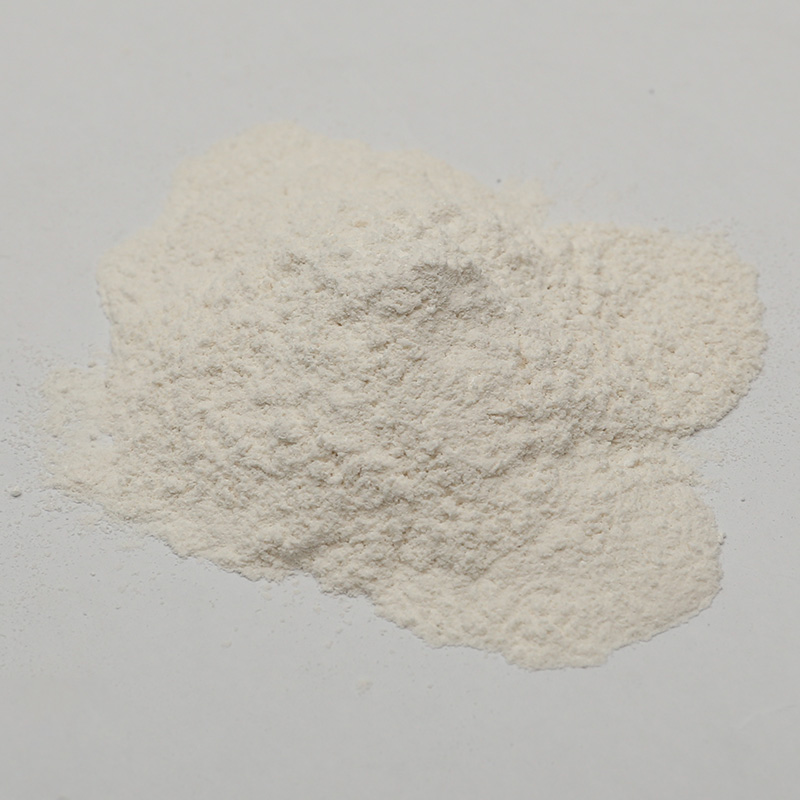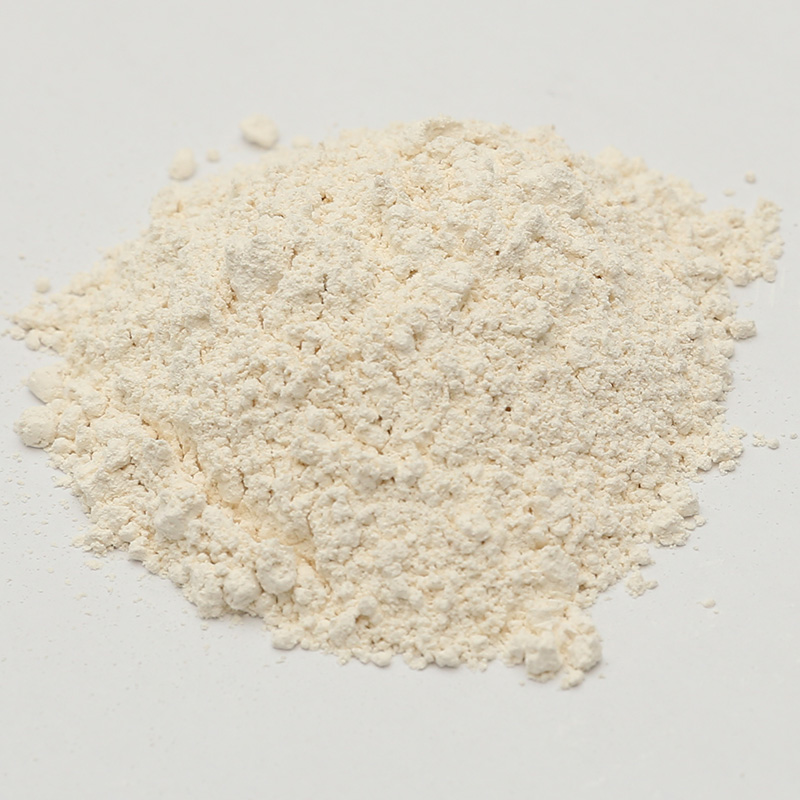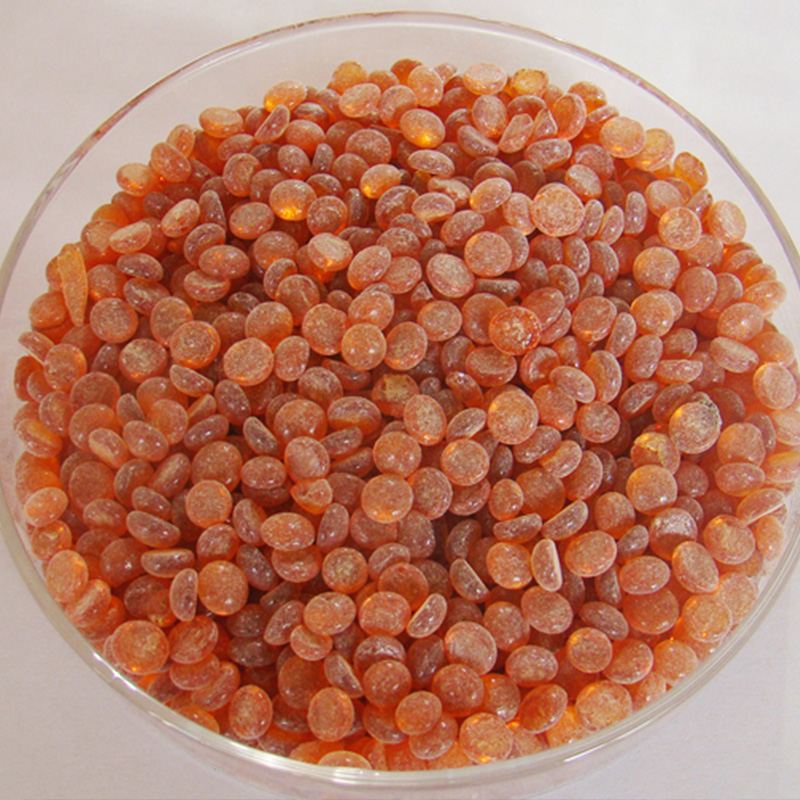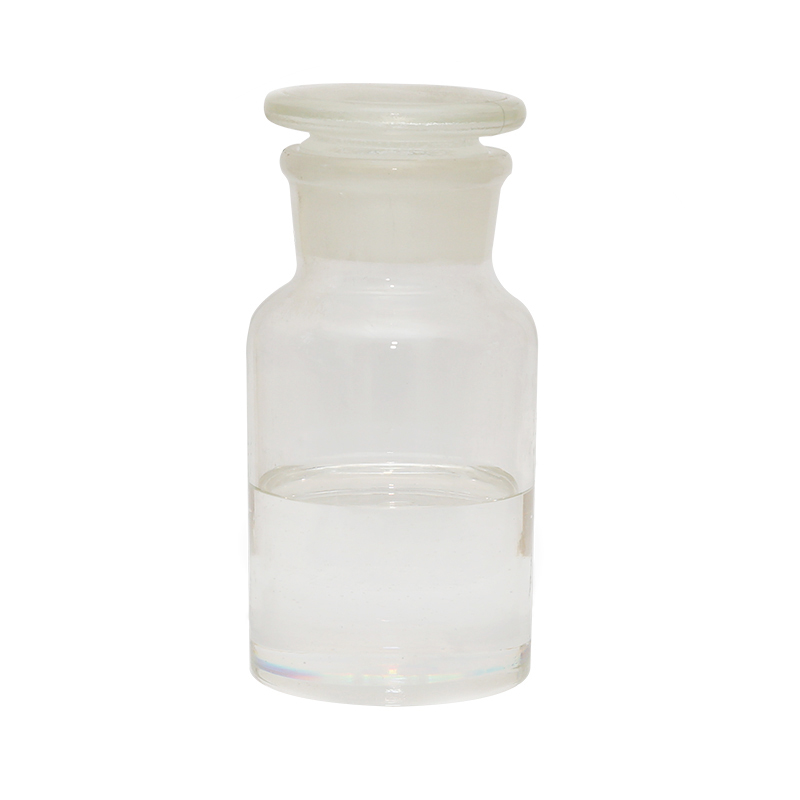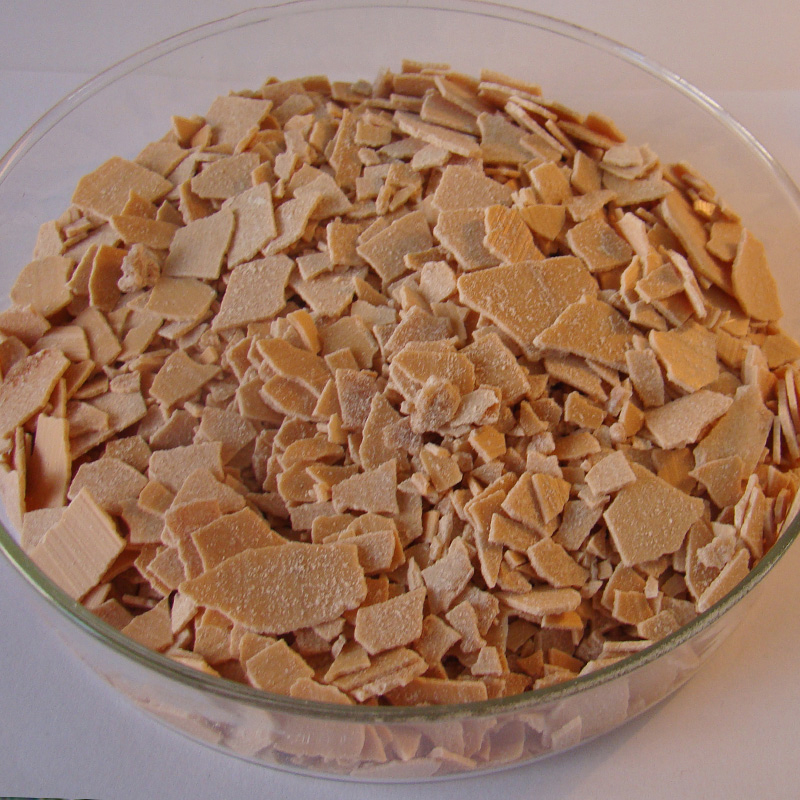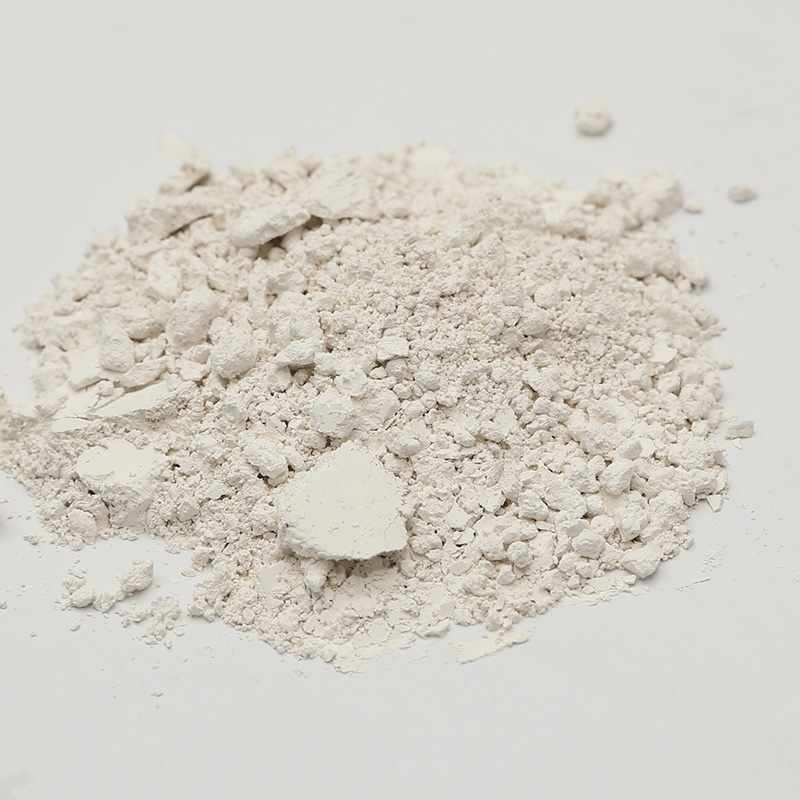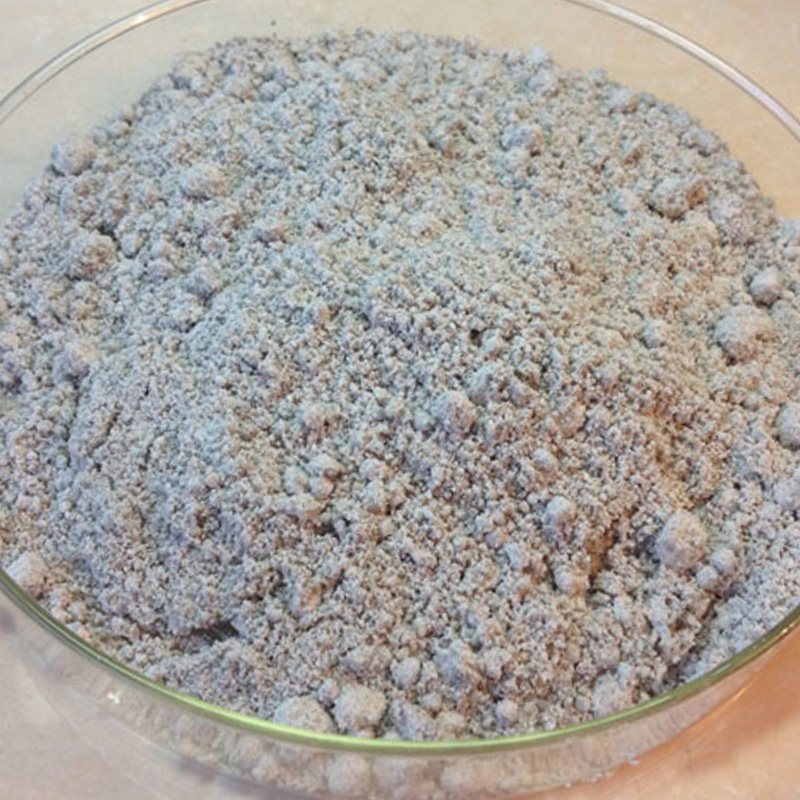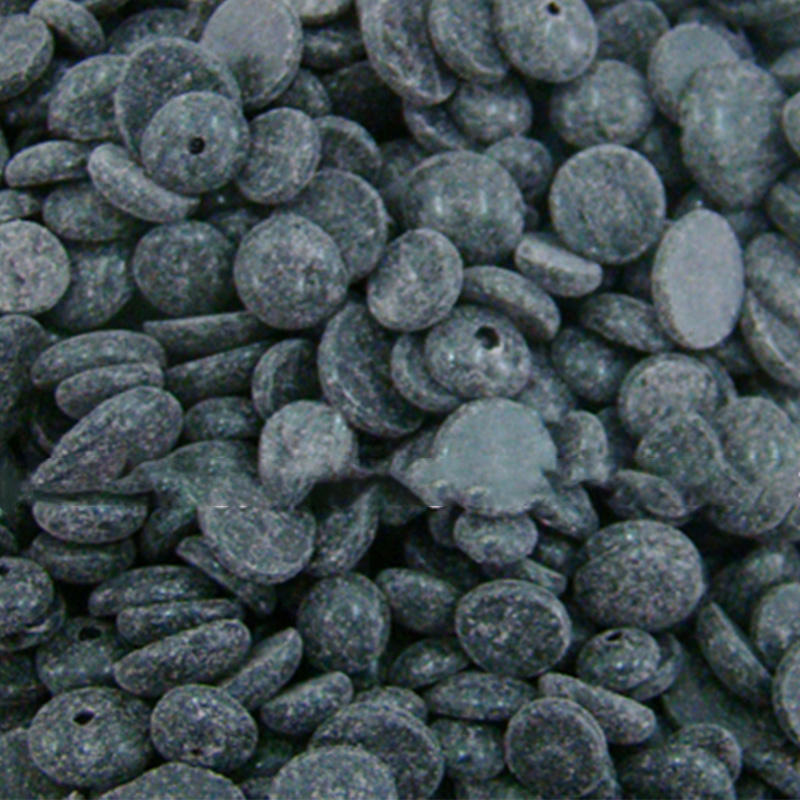Rubber antioxidant agents are essential additives used to protect rubber materials from deterioration caused by oxidation. Over time, rubber exposed to heat, oxygen, ozone, and other environmental factors tends to degrade, losing its elasticity, strength, and overall performance. To combat this, various types of rubber antioxidant agents are developed to suit different applications and rubber formulations. Understanding these types and their specific uses helps manufacturers select the right additive for improving rubber longevity and functionality.
One common type of rubber antioxidant agent is the phenolic antioxidant. These agents work by donating hydrogen atoms to reactive oxygen species, effectively neutralizing free radicals that cause rubber degradation. Phenolic antioxidants are widely used in natural rubber and styrene-butadiene rubber (SBR) compounds. Their efficiency in preventing oxidative aging makes them a popular choice in automotive tires, conveyor belts, and footwear soles, where long-lasting flexibility and strength are necessary.
Another widely used group of rubber antioxidant agents is the amine antioxidants. These compounds are particularly effective at protecting rubber against heat and oxygen exposure. Amine antioxidants work by interrupting the oxidation chain reaction and scavenging free radicals. They are often used in synthetic rubbers such as nitrile rubber (NBR) and ethylene propylene diene monomer (EPDM). Due to their strong protection, amine antioxidants are common in automotive hoses, seals, and gaskets, where exposure to oils, heat, and harsh environments is frequent.
Sulfur-containing antioxidants form another category of rubber antioxidant agents. These agents act as secondary antioxidants and help to prevent the formation of harmful peroxides during oxidation. Sulfur antioxidants are usually combined with other types of antioxidants to enhance overall protection. They are often used in rubber products exposed to severe conditions, such as industrial belts and vibration dampers, providing additional durability where heavy mechanical stress is involved.
Phosphite and thioester antioxidants are also important types of rubber antioxidant agents. These additives mainly act as peroxide decomposers, breaking down hydroperoxides formed during the aging process before they can damage the rubber polymer chains. Phosphite antioxidants are typically used in combination with phenolic antioxidants to provide balanced protection. These agents find their place in products like cable insulation and rubber flooring, where both oxidative and thermal stability are needed.
In some cases, natural antioxidant agents derived from plant extracts are used to provide mild protection in rubber products. While not as strong as synthetic antioxidants, natural rubber antioxidant agents can offer eco-friendly alternatives, particularly in applications with lower stress demands, such as toys, medical devices, and some consumer goods.
The choice of rubber antioxidant agent depends not only on the type of rubber but also on the environmental conditions the product will face. For instance, rubbers exposed to outdoor weather require antioxidants that provide ozone resistance as well as protection against UV radiation. Certain antioxidant agents have additional stabilizing effects that help rubber parts maintain their appearance and mechanical properties when used in tires, weather stripping, or outdoor seals.
When manufacturing automotive components, selecting the right rubber antioxidant agent is crucial. For example, rubber parts near the engine may encounter high temperatures and exposure to oils, requiring antioxidants that resist thermal and oil degradation. In contrast, rubber components used for exterior weather sealing may prioritize resistance to ozone and sunlight, guiding the choice toward antioxidants with UV protective qualities.
Rubber antioxidant agents also differ in their compatibility with various processing methods. Some agents are designed to withstand high temperatures during rubber curing and molding, while others are optimized for low-temperature applications. Choosing an antioxidant agent that matches the production process ensures that the rubber maintains its protective qualities throughout manufacturing and service life.
In summary, there are various types of rubber antioxidant agents, each offering specific protective mechanisms suited to different rubber types and applications. Phenolic, amine, sulfur-containing, phosphite, and natural antioxidants all play roles in preserving rubber quality under various conditions. By understanding the specific uses of these agents, manufacturers can better tailor their rubber products to meet the durability and performance needs of different industries.



 English
English Português
Português Español
Español русский
русский 中文简体
中文简体